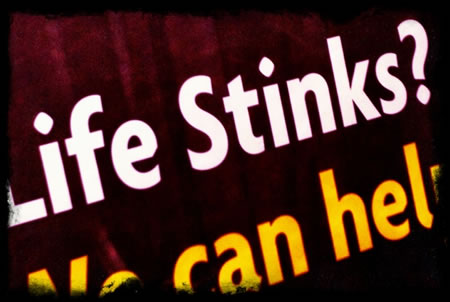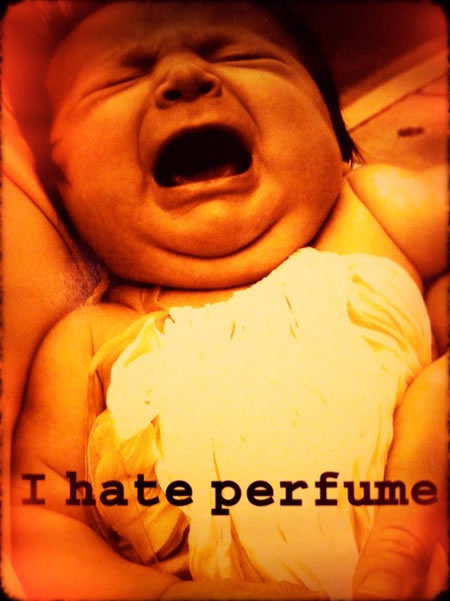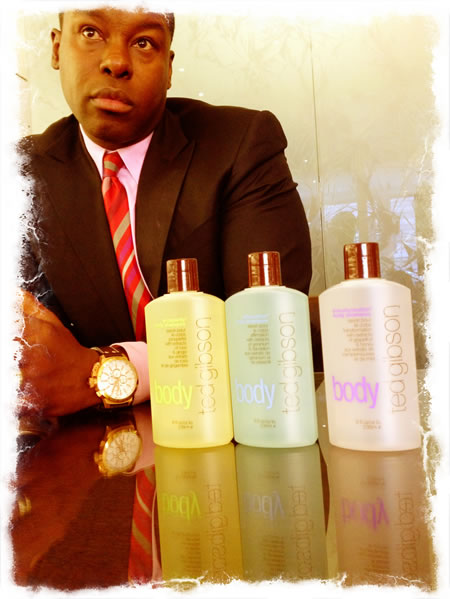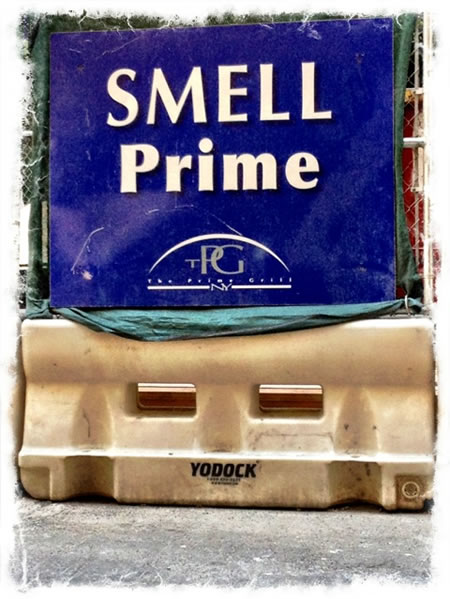Trending scent strategies | the track to knowledge
the vocabulary of fragrances.
Do you really know what you smell?

I was in the subway, METRONYC with a colleague from GIRVIN | NYC —
and, coming down to the running tracks, he says —
“whoa, that smell — that’s ripe!”
The worst smells in the world
Speaking with him, and scenting the foetid air, I’d identified the powerful confluence of vomit and urine — about as humanly off-putting as any designed “perfume,”
the repellant character, combining two groupings of potent human scents, contrasting factors in one admixture.
These are fundamental human scents — filtration and excreta –literally, awful offal.
Acid and ammonia — perhaps even toxic — the combination of this grouping I’d identified, in that selfsame subway entrance, even wafting up from the netherworld of the subway tracks, all the way to the street — two storeys above the tracks — above ground, street level. That was a telling scent bomb that stayed for the entire time I was there, last week, persistent and powerful — 5 days, running the N, the R, the Q from midtown down to the office — it was the 49th Street station. And we’d run down to Broadway & 26th, off NYC’s Madison Park. Still, these are as real as jasmine and orchids — simply, by memory and the construct of entirely negative experience — objectionable. We’ve written about these basic scent captures — from blood, to sex, to rot.
Even, to poison, the concept of toxic perfumes.

Stinking perfume?
The world of perfume is built of designed, scented sequences — literally, notes and perfumed tabulations that are cleanly evident and clearly obvious on the top [the proverbial first sniff, the opening waft – the top note] — “that smells like oranges.” Or “that’s lavender.” “That’s what smells like powder” — “it’s ‘incense-like…” it’s the first and most obvious hint, the key “hit.” Meeting with Ted Gibson,
[below] one of his queries to me:
“what is the fragrance you’re wearing?”

“This one, I’d made myself — an alcoholic foundation, with a softer, washed vetiver bombed with geranium, lavender and smitten with a lower note of birch tar, a key ingredient — a strapping snap of leather.
The trend to clarity, articulation and focused attention –
– knowing and paying attention to the experience circle round you
I believe that there’s a trend in clarifying personal consciousness about the “space around you.” That might be a park — and the trees — “what are they named?” That might be a place that you’re in, how you define it and articulate it, your sense of experience: — “the interiors are bright, colorful, yet hard ‘feeling’ — it’s got a modernist slickness.” There is, in this instance, however superficial, that a person can describe that character.

Hate smelling things?
How about accurately noting, defining what you smell?
An emerging skill — you can talk about colors, materials, finishes, lights, but what about scents — can you accurately identify them?
It’s our belief that in the rising popularity of the nature of scent, over the course of the last half decade, that people will be increasingly “attuned” to the nature of fragrances —
“what’s that smell?” and how would you define, or describe it?
Perfumes, decried by many as smelly puffery, fumes of narcissistic foolery, these fragrances are designed by artistic scientists, constructing dream-spheres of fragrance that are part history, part chemistry, part experiential illustration, with palettes and vocabularies of vast complexity and depth.
The waft of scent could be something, like what is noted in the story above — the subway tracks to fragranced hell — that’s a baseball bat smell attack, or — subtler, a olfactory tinge that changes to another, and another — revealing itself in a string of perfumes, essential touches in a journey of scents that could be a memory for the fragrance experiencer.
Perhaps you could be sensitive enough to learn to separate the notes of how scents come to you — to unravel their intermingling, to grasp “the perfume sequence” — the high, the middle, the low; the opening, the heart, the base?
Is there a trend in you to know more about what is around you, your circle –
– clarifying, defining and articulating what you experience?
Knowing you as I do, I’d say
— yes!
TSG | GIRVINYC
…..
EXPERIENCE STRATEGIES | BRAND, STORY & SCENT